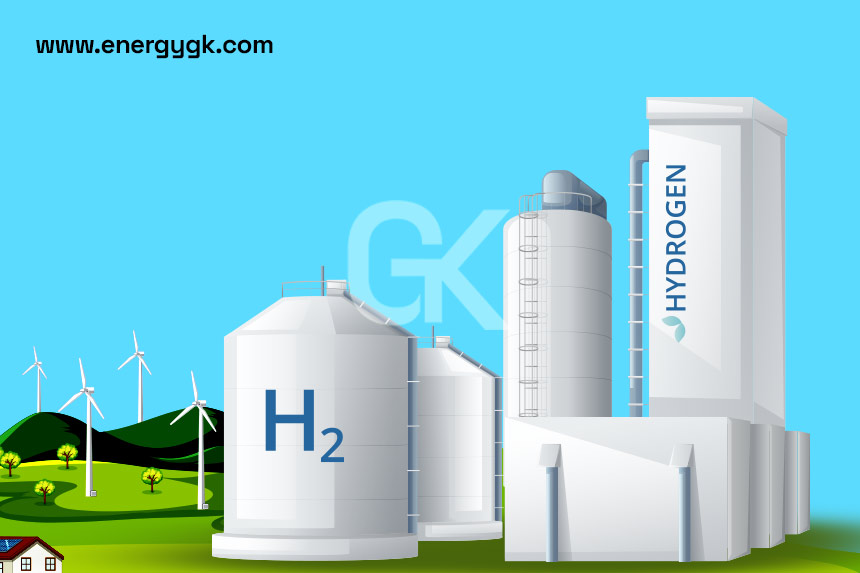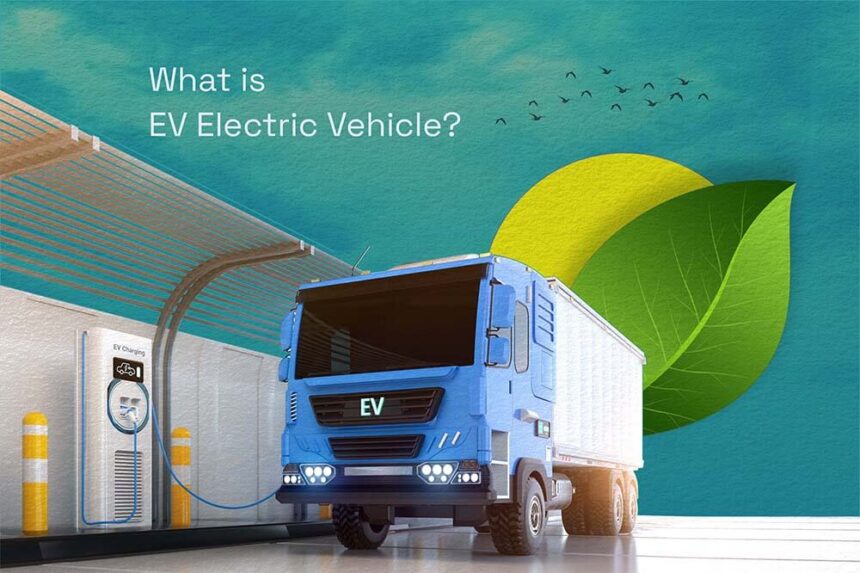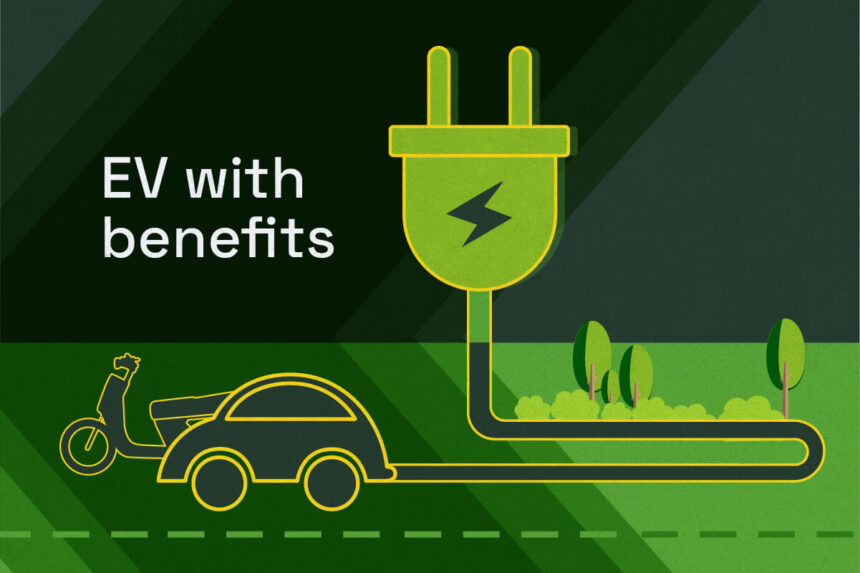Novel approaches are emerging to revolutionize electricity generation and consumption as the world struggles with issues related to energy security and climate change. The emergence of microgrids—localized energy systems that present a promising route toward a more resilient effective and sustainable energy future—is one such remedy.
A microgrid: what is it?
Small-scale power networks or microgrids can function separately from the main electrical grid or in tandem with it. Distributed energy resources (DERs) such as wind turbines solar panels energy storage systems and occasionally small conventional generators make up this system. Microgrids generate electricity close to the point of consumption in contrast to the traditional centralized grid which depends on massive power plants and lengthy transmission lines. Communities benefit greatly from this localized approach to energy generation in many ways.
microgrid advantages.
Both dependability and resilience.
Enhancing grid resilience and reliability is one of microgrids most important benefits. Microgrids are able to disconnect from the main grid and keep vital facilities like hospitals emergency response centers and water treatment plants powered during natural disasters or grid outages. When necessary this islanding ability makes sure that vital services continue to run. independence in energy.
Communities can become more energy independent thanks to microgrids. Communities may lessen their dependency on outside energy sources and the risks that come with them by producing their own electricity. In remote or off-grid locations where expanding the main grid is not practical or economical this is especially helpful.
Sustainability in the Environment.
Reducing greenhouse gas emissions and facilitating the switch to a cleaner energy system are two common goals of microgrids which frequently incorporate renewable energy sources like solar and wind. Microgrids promote environmental sustainability and assist communities in reaching their carbon reduction targets by making the most of locally accessible renewable resources.
Savings on expenses.
Communities may save a lot of money by utilizing localized energy production. Microgrids can cut transmission losses and energy costs by generating electricity locally. They can also take part in demand response programs which allow them to sell extra power back to the main grid during periods of high demand making extra money.
Engaging the Community.
Microgrid construction and management promote community empowerment. The design and management of the microgrid involve active participation from local stakeholders such as businesses residents and municipal authorities. This cooperative strategy makes sure that the communitys priorities and energy needs are successfully met.
Microgrid Uses in the Actual World.
Microgrids have already proven beneficial to a number of communities globally. Here are some noteworthy instances:. The groundbreaking Brooklyn Microgrid project in New York USA uses blockchain technology to let locals exchange extra solar energy with their neighbors. It illustrates how microgrids can support peer-to-peer energy exchanges and develop a more decentralized energy market.
The South Korean city of Suwon has put in place a microgrid system that combines energy storage solar power and charging stations for electric cars. The citys smart grid initiatives are supported by the microgrid in addition to providing clean energy to the community.
Nantes France: By combining energy storage advanced grid management technologies and renewable energy the Ile de Nantes microgrid project seeks to develop a sustainable urban district. It illustrates the ways in which microgrids can support energy efficiency and urban sustainability.
Microgrids: The Future.
Microgrid adoption is anticipated to increase quickly as technology develops and the costs of energy storage and renewable energy continue to drop. Governments and utilities are starting to see how beneficial microgrids are for strengthening grid resilience facilitating the integration of renewable energy sources and empowering local communities. It is critical to address legislative and policy obstacles that could impede the development of microgrids in order to fully realize their potential. Microgrid deployment can be sped up and their many advantages unlocked with the help of financial incentives supportive policies and streamlined permitting procedures.
Conclusion
Energy distribution and generation can be revolutionized with the help of microgrids. Communities are empowered to attain increased resilience energy independence and environmental sustainability through the utilization of localized energy resources. Microgrids have the potential to significantly influence the energy landscape and usher in a more decentralized and renewable energy future thereby fostering a more sustainable and optimistic global community.






